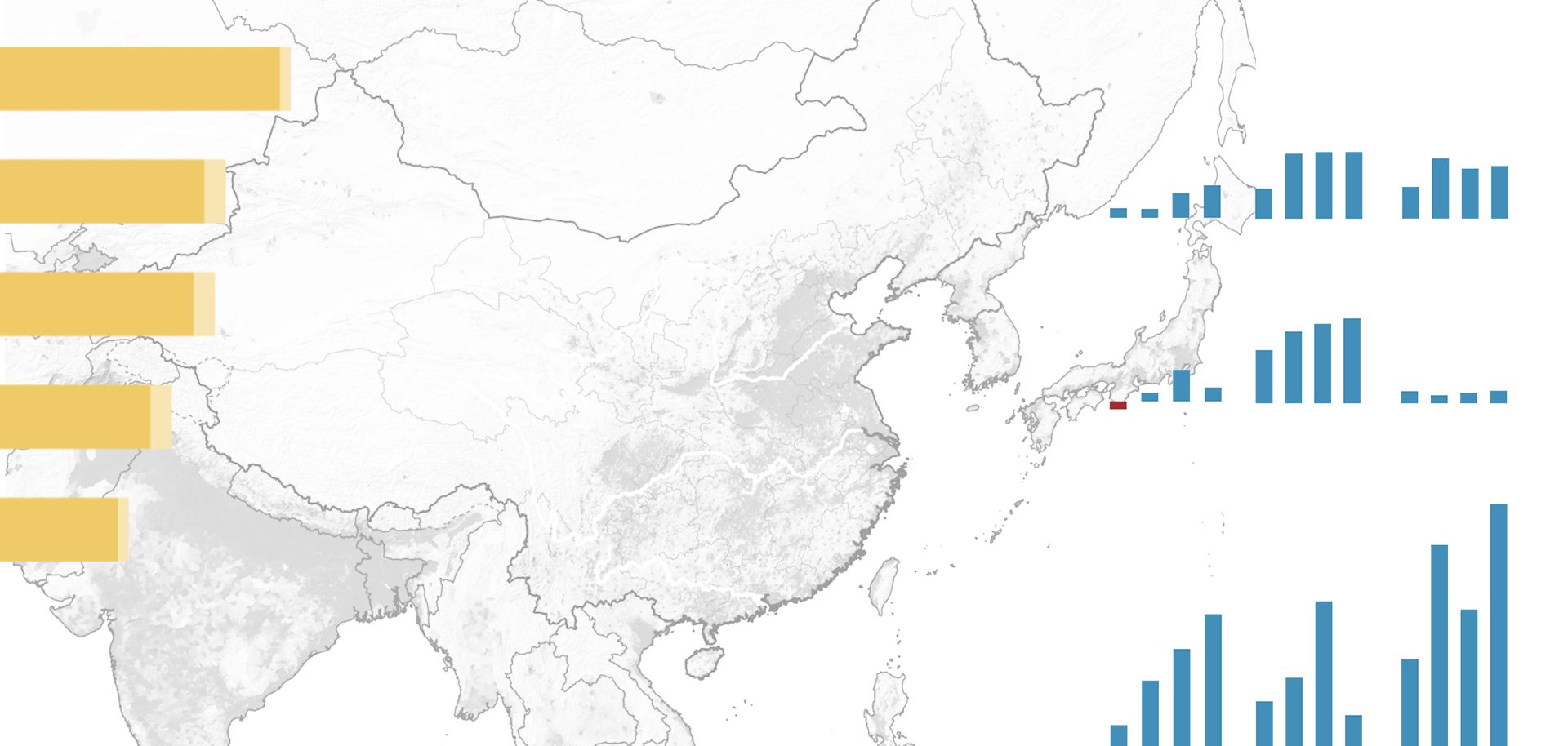
To participate in the global economy and reap the benefits of international trade, countries need to maintain efficient, reliable infrastructure. This can be difficult; national transportation networks are inherently piecemeal and costly to maintain. Even centralized powers with enormous potential to move products often inherit outdated infrastructure, which may suit the physical contours of the land but fail to meet modern needs — having been built to accommodate conditions that no longer exist. Technological advances, shifting demographics and changing patterns of consumer demand require infrastructure to adapt, but transportation networks are often so firmly entrenched that geography and history make it impossible for planners to begin with a truly clean slate.
The United States is no exception. Though it is a young country, its relative wealth allowed it to develop rapidly and, by extension, without much coordination. While today the United States boasts one of the most advanced transportation networks in the world, its system is in gradual decline. Numerous constraints, chiefly congestion, plague U.S. highways and waterways, making the transportation of goods less efficient. And the recent lack of attention paid to national infrastructure belies its importance: A smooth and effective transportation system is a chief element of Washington's geopolitical power, and congestion in the largest consumer market in the world is bound to affect the entire global economy.
Calls for repairs should not be confused with apocalyptic predictions of crumbling infrastructure. However, the United States does need to invest heavily in its transportation networks to stay competitive. Already, the competitiveness of the U.S. transportation system is beginning to decline. After suffering years of neglect, however, aging highways and ports are deteriorating while demands on them are rising. It is not clear when the system will reach a breaking point, and that point may come undramatically, in the form of rising transportation costs that hobble economic growth. Lines of transportation will likely fail gradually, their decline evident to the general public only through longer commute times and small increases in the cost of living.
But the economic prosperity that now blunts the effects of failing U.S. infrastructure was enabled by the very infrastructure now falling into disrepair. Efficient waterways and roadways allowed the United States to build up an established advantage; without adaptation and adjustments, that advantage could disappear.



